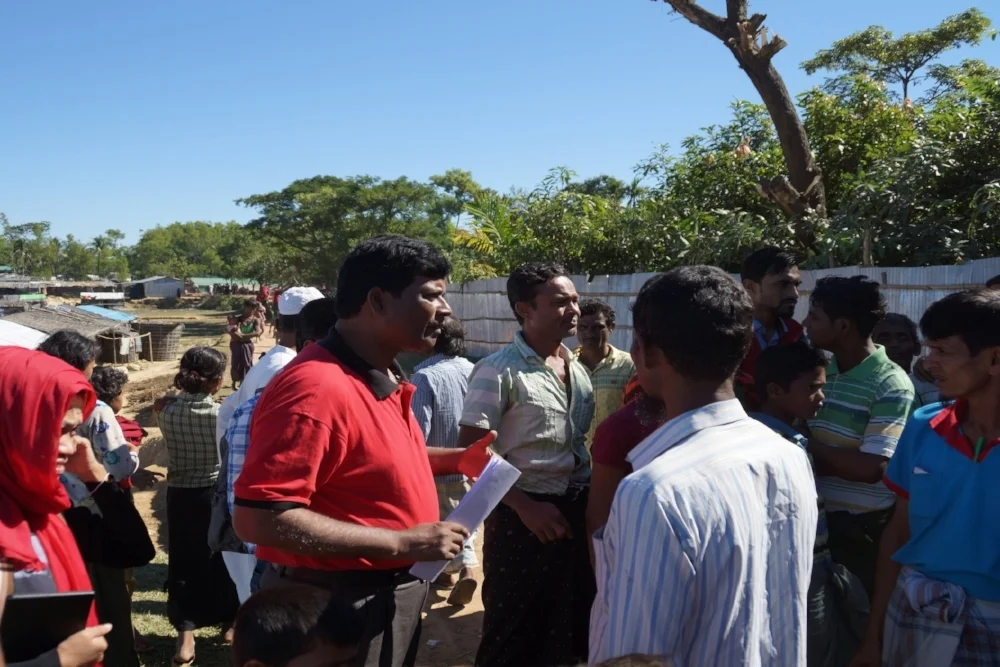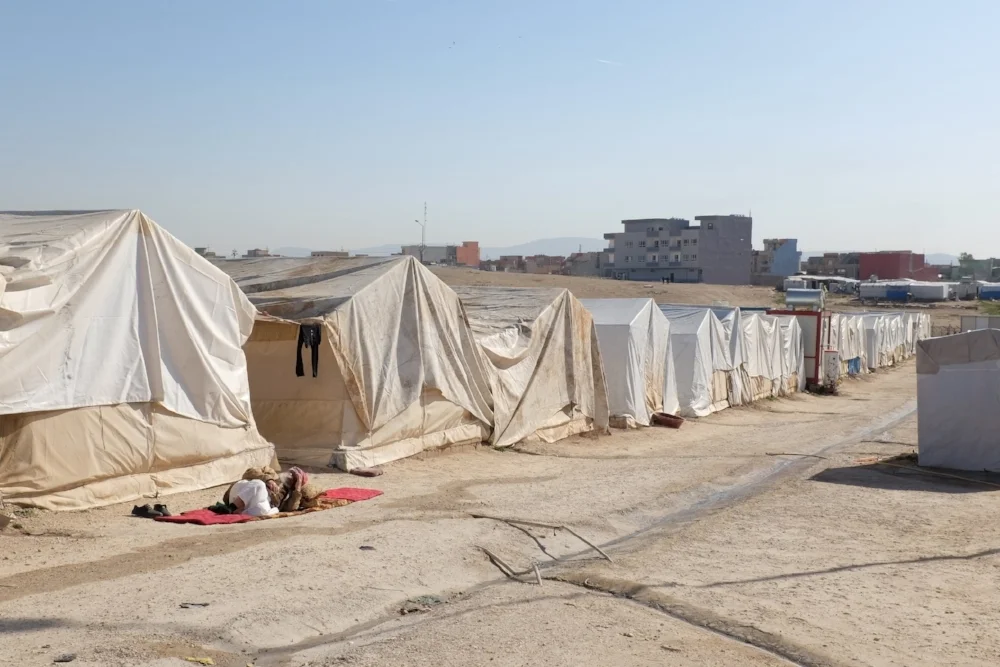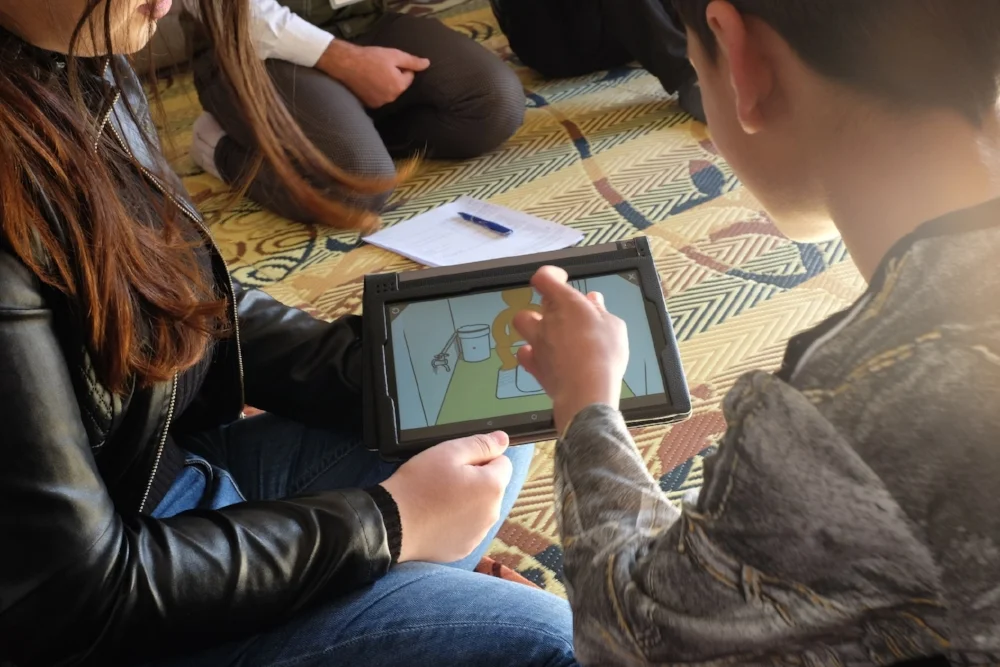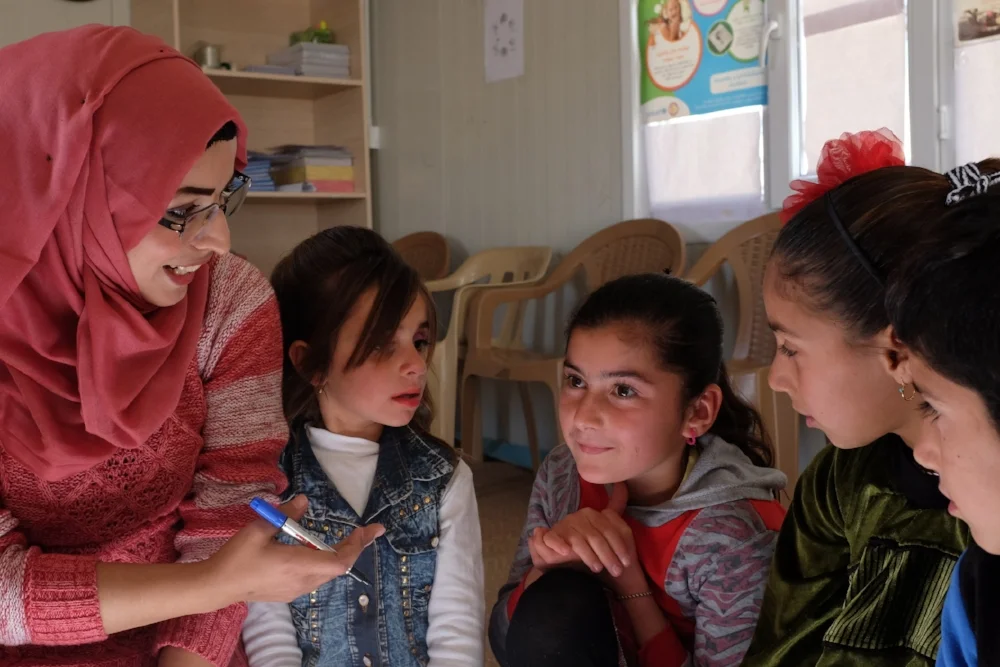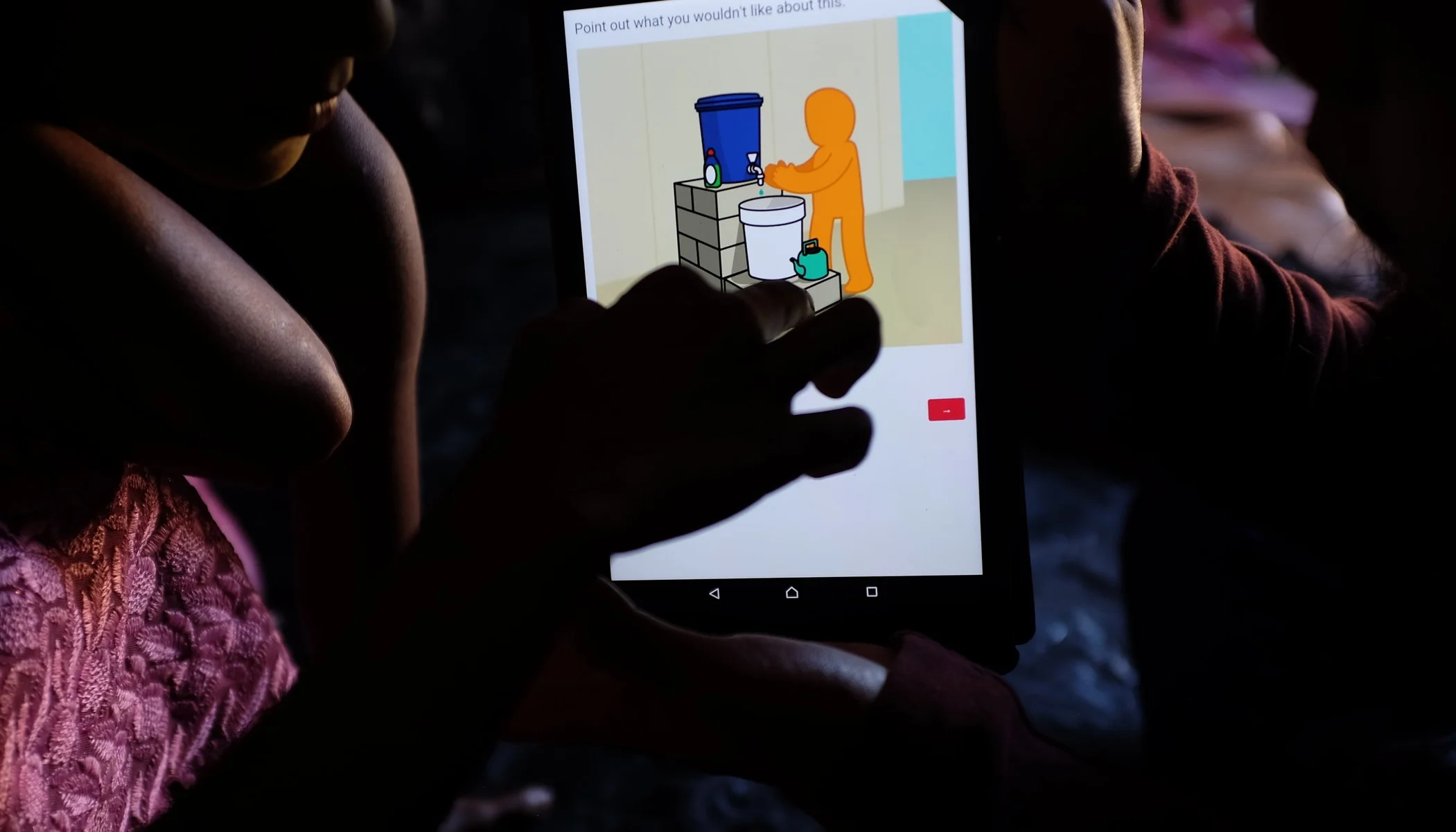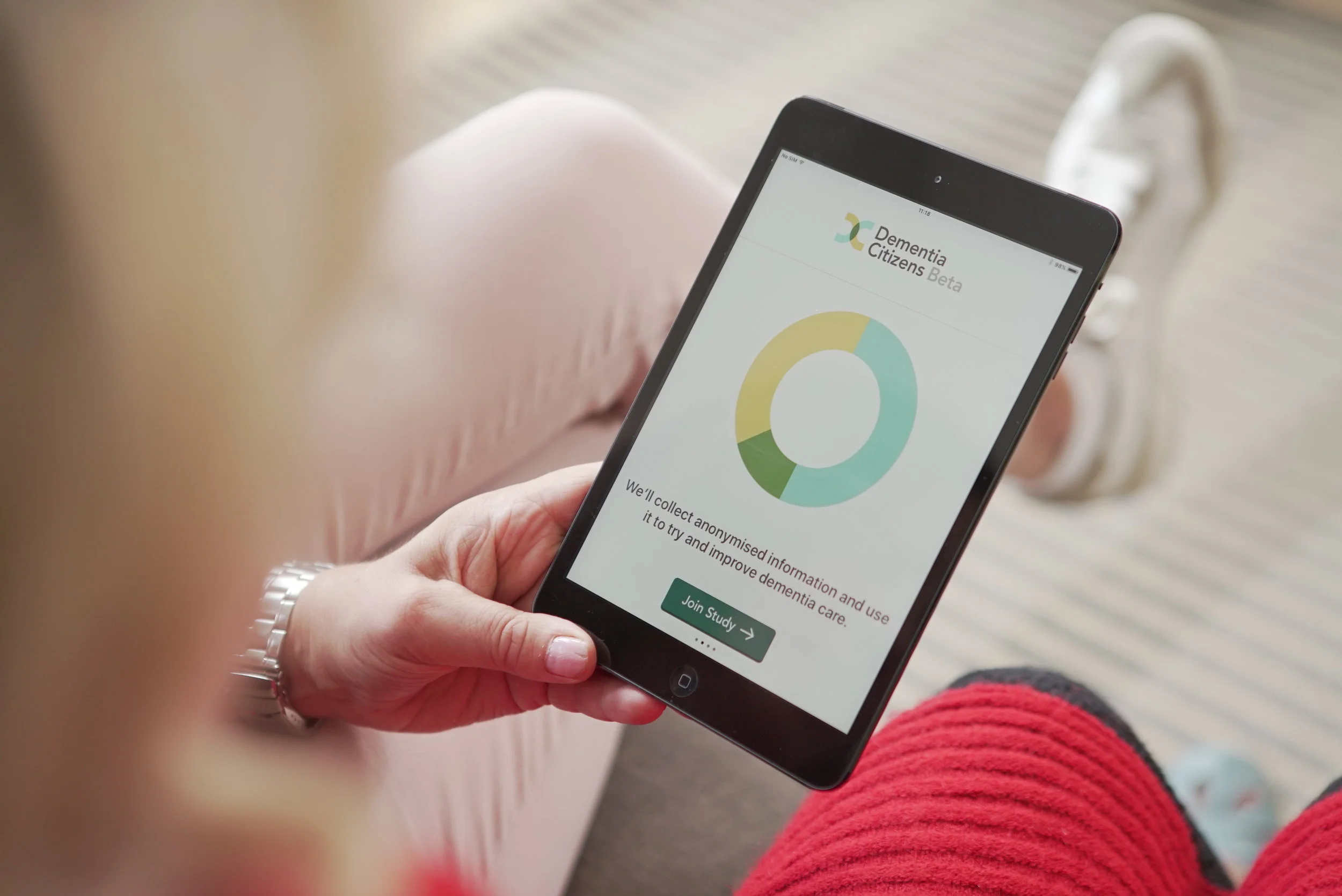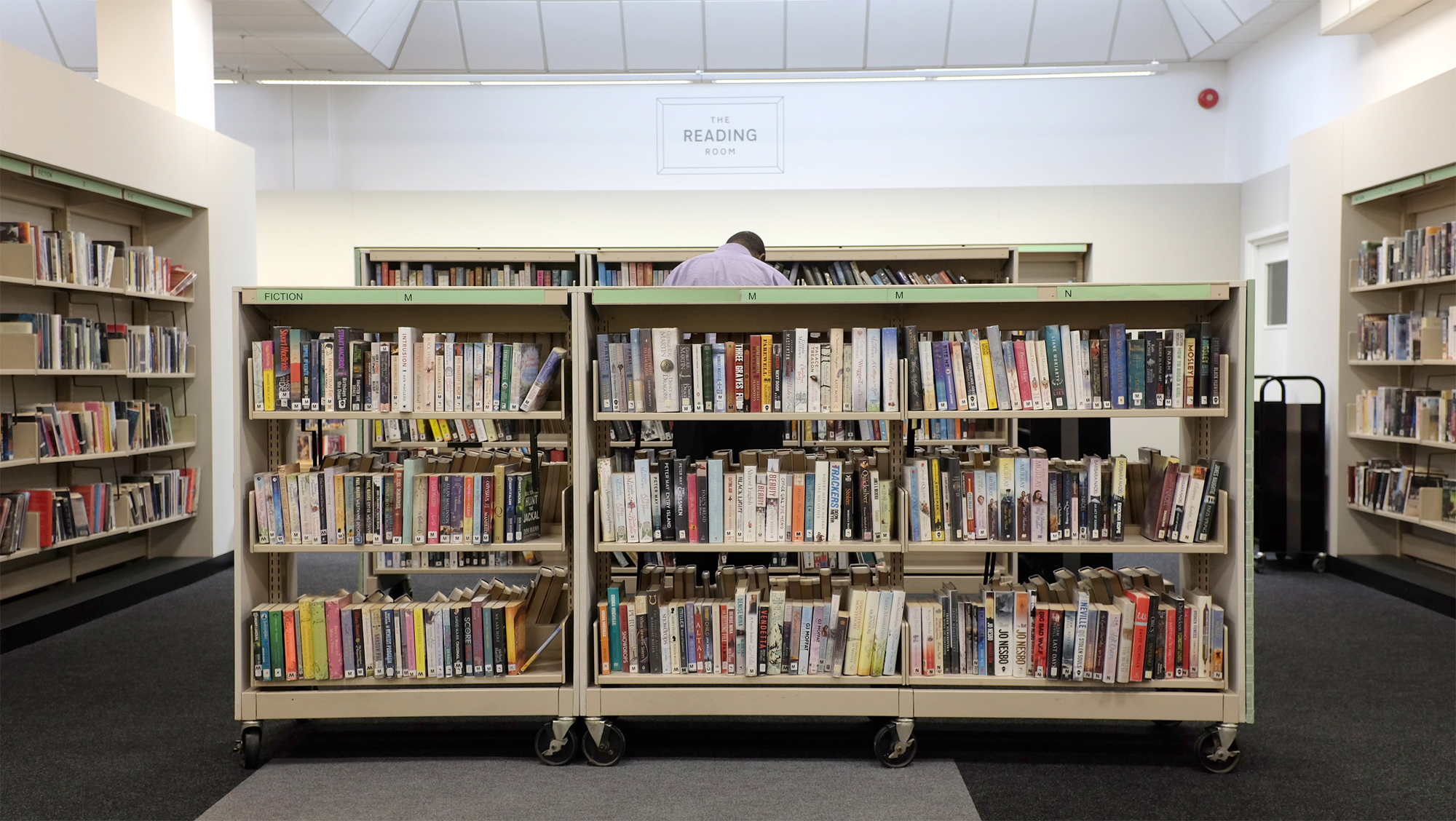
How might we use user-centred principles and tools to inform the design of child-friendly sanitation facilities in rapid-onset emergencies?
The challenge
In 2017, the Elrha’s Humanitarian Innovation Fund (HIF) launched a challenge to evaluate the impact of user-centred engagement on the design and use of sanitation facilities in emergency situations. We were selected as one of three teams to develop an engagement approach and to test it in two rapid-onset emergencies.
The approach
We partnered with Save the Children UK (SCUK) to deliver two pilot projects in Bangladesh and Iraq that focus on the design of child-friendly sanitation facilities. In our pilots, we have used both interactive surveys and co-creation sessions to engage with over 600 children aged 5-12 and over 300 of their caregivers in displacement camps. The data collected and insights gained from these methods have directly informed sanitation design decisions to deliver more child-friendly latrines.
The outcome
The outcome is an evaluated methodology that can be applied in rapid-onset emergencies to inform the design of latrines and sanitation facilities that are usable and safe for both adults and children. We published a user-centred community engagement website which presents our methodology in detail, how we developed it as well as what we learnt from our pilots in Bangladesh and Iraq. You can also download all the project resources we created along the way.
Eclipse has been selected as one of three teams to receive a grant from Elrha’s Humanitarian Innovation Fund (HIF). The grant is part of HIF’s initiative to test innovative community engagement approaches that can be used in rapid-onset emergencies to inform sanitation decisions. We have partnered with Save the Children UK to deliver two pilot projects that focus on designing child-friendly sanitation facilities through user-centred engagement.
Open defecation of children in refugee camps brings significant health risks to the camp population. Additionally, up to 50% of refugee populations around the world are children. Therefore, user-centred child-friendly sanitation facilities have the potential to significantly impact the health of displaced populations. Currently, the influence of people’s needs on the design of sanitation facilities is minimal and assessment of a situation after a rapid-onset emergency is of a quantitative nature.
In our two pilot projects, we have engaged with over 600 children aged 5-12 and over 300 of their caregivers, in displacement camps in Bangladesh and Iraq. Through interactive surveys and participatory design sessions, our work has informed several improvements to existing latrines in the Sharia displacement camp in Iraq and the design of new latrines
in the Nayapara displacement camp in Bangladesh.
Interactive Survey I
Trained individuals from the camp population conducted an initial survey with children and carers in their camp households. The survey included interactive illustrations of sanitation designs, smiley face scales and closed-questions to help capture pain points with the existing latrines and to identify potential causes behind each pain point.
The survey allowed the field team to collect data rapidly. In four days, the teams engaged with 200 Rohingya children and 143 of their caregivers in Bangladesh and 407 Yazidi children and 167 of their caregivers in Iraq. We discovered several pain points including, but not limited to:
Latrine locks were too high for children and often broken (Bangladesh)
Size of the latrine hole and foot rests were too big for children to use (Bangladesh)
Soap was not available at existing handwashing facilities (Iraq)
Corridors in the latrines were often too dirty, wet and dark for children to use (Iraq)
The survey also integrated engagement into existing field team protocols and technology, and produced data reports that Water, Sanitation and Hygiene (WASH) engineers could easily interpret and use to inform the next stage of engagement.
Community co-creation session
After the initial interactive survey, the WASH team and local facilitators ran co-creation sessions with children and caregivers. Pain points and their causes from Digital Engagement I informed session activities such as 5Whys and H-Assessments. These activities helped the team to explore pain points with children and caregivers in more depth and to come up with and rank ideas to improve sanitation facilities.
During the co-creation session with children in Iraq, the facilitators were able to explore why children were afraid to use latrines in the dark. They found out that when latrines lacked electricity, the children were scared that animals in search of food might wander into the latrines and hurt them. The children then suggested improvements such as adding more lighting and building fences around the latrines to keep animals out.
Interaction Survey II
Trained individuals then conducted a second interactive survey with additional children and carers in their camp households. The survey focused on measuring satisfaction with the alterations and collecting further feedback.
In Bangladesh, over 95% of the 97 children we engaged and over 90% of 48 caregivers reported that they were very satisfied with the changes made to the latrines. These changes included moving the latrines closer to camp households, lowering locks so children could reach them, introducing smaller footrest slabs for children and providing more cleaning products and tools to improve the cleanliness of the latrines. The second interactive survey will be deployed in Iraq at the end of May.
Pilots finished in summer 2018 and we published a user-centred community engagement website which presents a summary of the things that worked, the challenges and impact of our engagement approach. This alongside the project resources of our approach will help to build an evidence base around the use and value of user-centred engagement in sanitation design for rapid-onset emergencies.
Follow us on Twitter to track our progress!
This project is supported by Erha's Humanitarian Innovation Fund programme, a grant making facility supporting organisations and individuals to identify, nurture and share innovative and scalable solutions to the most pressing challenges facing effective humanitarian assistance. The HIF is funded by aid from the UK Government and the Swedish Development Agency (SIDA). Visit www.elrha.org for more information about Elrha's work to improve humanitarian outcomes through research, innovation and partnership.


